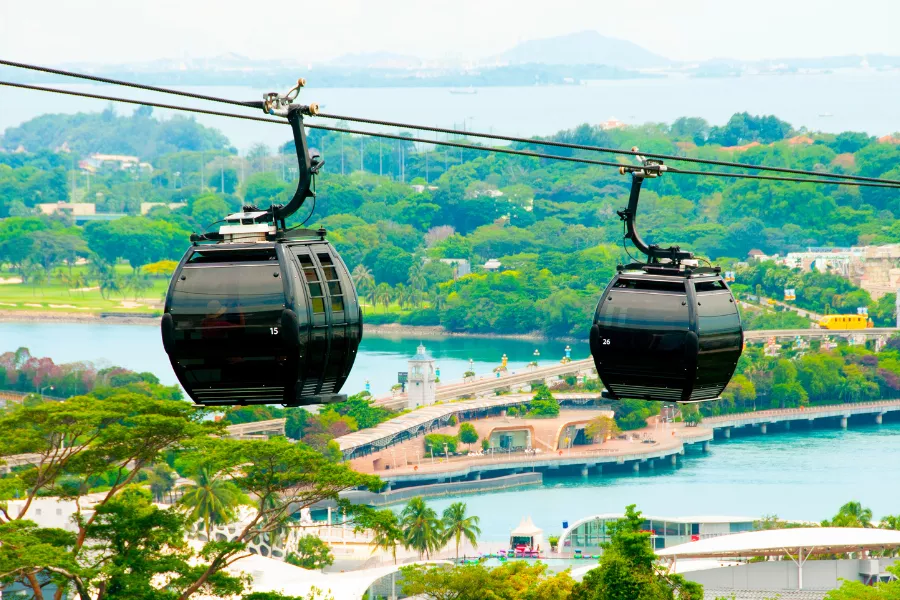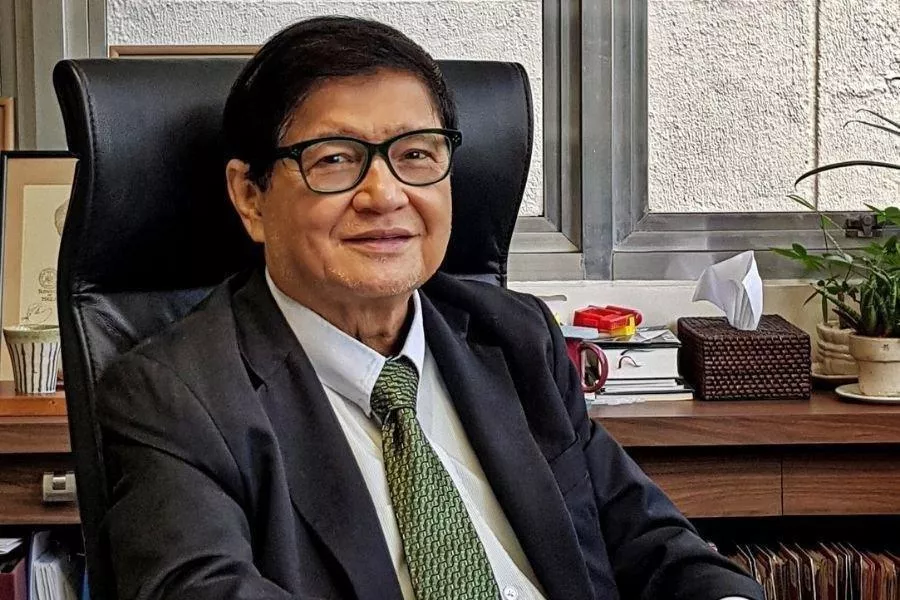Traffic has always been part of the daily struggles every urban dweller has to endure. Getting to and from a certain destination such as one’s workplace is a challenge. Motorists need to have patience while crawling through EDSA while commuters need to be resilient and hopeful that the next bus or train is not packed with other passengers.
 EDSA Traffic
EDSA Traffic
As such, the government is finding ways how to alleviate Metro Manila traffic. One of the things it has done was to rehabilitate the MRT-3 trains to ensure that it runs efficiently. There are also several railroad networks being constructed, such as the MRT-7, to make commuting in the metro more bearable.
The Metropolitan Manila Development Authority (MMDA) has also expanded the number coding scheme due to the expected increase in vehicle volume brought upon by the return of face-to-face classes. The number coding now runs from 7 a.m. to 10 a.m., and 5 p.m. to 8 p.m.
There’s also a bill requiring proof of parking space when an individual wants to purchase a vehicle. Marinduque Representative Lord Allan Velasco filed House Bill (HB) No. 31, referred to as the “No Garage, No Registration Act,” which aims to limit cars parked on the road that contribute to traffic congestion.
 The use of aerial cable cars as means of transportation is a global trend
The use of aerial cable cars as means of transportation is a global trend
Senator Robinhood "Robin" C. Padilla has also made a suggestion that could help ease traffic in the National Capital Region (NCR). Senator Padilla proposed to use an aerial cable car system as another means of public transportation. Netizens have varied reactions to Padilla’s suggestion, but the senator reminded the public that his proposal is not new.
Padilla pointed out that the past administration had given the cable car system a “thumbs-up.”
"Bakit ko po ito iminungkahi? Aprubado na po kasi ito ng dating administrasyon,” Padilla said.
(Why did I raise that suggestion? It's because it had been approved in the past administration.)
Former Department of Transportation (DOTr) chief Arthur Tugade pushed for the use of a cable car system as an alternative mode of public transportation last 2018.
Last June 2021, the USD 100,000 (around Php 5.6 billion) Manila Urban Cable Car project was up for approval by the Investment Coordination Committee (ICC), which was chaired by former Finance Secretary Carlos Dominguez III.
France has shown its interest in helping make the cable car project a reality. In fact, it was the French government that funded the feasibility study for the Manila Urban Cable Car project back in 2018.
The Manila Urban Cable Car project is said to span about 4.5 kilometers along the Santolan-Eastwood-Pasig corridor. The project proposal initially listed six stations in the following areas:
- LRT-2 Santolan Station, Marikina City
- Libis, Quezon City
- Eastwood, Quezon City
- Santolan, Pasig City
- Manggahan, Pasig City
- Rosario, Pasig City
Architect and urban planner Felino ‘Jun’ Palafox said that a cable car system can help alleviate traffic.
 Renowned architect and urban planner Felino ‘Jun’ Palafox
Renowned architect and urban planner Felino ‘Jun’ Palafox
“An aerial cable car system will not only help alleviate the traffic situation in Metro Manila and other urban centers in the Philippines – it will also boost security and benefit the environment,” Palafox was quoted as saying in a news release issued by the office of Sen. Robinhood Padilla Thursday.
Palafox added that cable cars can help future-proof big cities while being environment-friendly.
Do you think that a cable car system can help alleviate traffic in Metro Manila and other urban areas in the Philippines? Cast your vote now in Philkotse’s Poll of the Week.
Recent posts
- EDSA vehicle volume to increase face to face classes Aug 19, 2022
- Expanded number coding first day mmda Aug 19, 2022
- more EDSA busway station soon ayala tramo Aug 19, 2022
- palafox backs cable car proposal Aug 19, 2022











